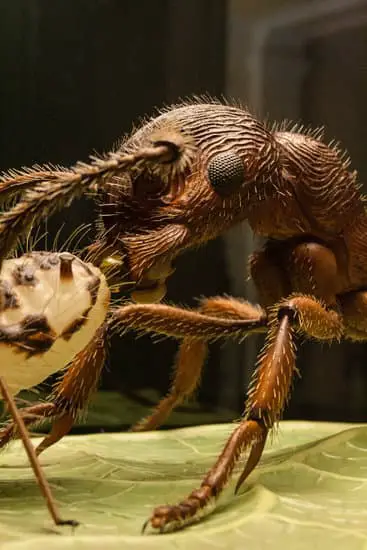How Much Heat Can Ants Withstand?
Depending on the species, the ability to withstand heat varies. Ants that live above the ground tend to be more heat tolerant than those that live below the ground. Thermophilic ants are also able to offload excess heat and minimize sun exposure.
The Saharan silver ant is an unusual species of ant that lives in one of the hottest terrestrial environments on Earth. It is covered with tiny silver hairs, which allow the ants to reflect light in the mid-infrared range. This enhances the ants’ ability to offload excess heat, resulting in a lower body temperature.
The Saharan silver ant can survive temperatures of up to 158 degrees Fahrenheit. It also forages under the full midday sun when the sand temperatures reach 70 degrees.
As temperatures rise, ant colonies may experience decreased growth and increased homelessness. Researchers have used species distribution modeling techniques to forecast how climate change may affect ant diversity. They found that tropical regions may experience a decrease in ant diversity as temperatures become intolerable. This is because the ants’ thermal performance curve drops rapidly when temperatures exceed normal functioning.
Another ant species that can tolerate high temperatures is the desert scavenger, Melophorus bagoti. This species scavenges on dead vegetation and arthropods. It has long legs that allow it to climb to higher elevations to seek cooler air. In laboratory tests, the ants survived one hour at 54degC.
Another study looked at army ants. It found that below-ground army ants were less tolerant of heat than those that live above the ground. Those that live in a mixture of above- and below-ground environments had intermediate tolerance levels.








